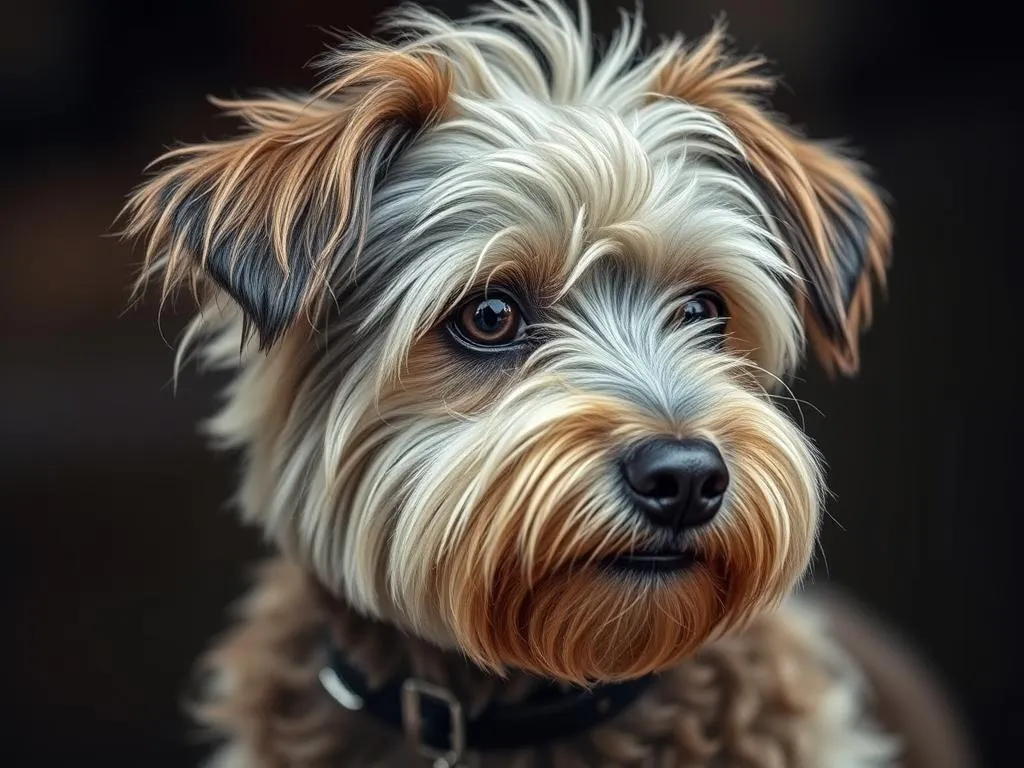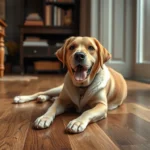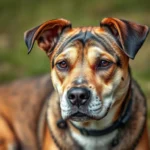
Grooming is an essential part of dog ownership that goes beyond mere aesthetics. Did you know that regular grooming can enhance your dog’s overall health and happiness? Many dog owners underestimate the significance of a good dog haircut—not just for looks, but for the comfort and well-being of their furry friends. This guide aims to educate dog owners, groomers, and pet enthusiasts about the various styles of dog haircuts, grooming techniques, and maintenance tips necessary to keep your pet looking and feeling their best.
Understanding Different Dog Coat Types
The Importance of Coat Type in Grooming
One of the first steps in grooming is understanding your dog’s coat type. Different coat types have unique grooming needs, which can affect how often your dog should be groomed and what tools you will need.
Common Coat Types
Short-haired breeds: Breeds like Beagles and Boxers have coats that are easy to maintain. They typically require minimal grooming, just the occasional brushing to remove loose hair.
Medium-haired breeds: Dogs such as Golden Retrievers and Cocker Spaniels have coats that may require more attention due to their tendency to mat. Regular brushing is essential to keep their fur manageable.
Long-haired breeds: Breeds like Afghan Hounds and Maltese need frequent grooming to prevent tangles and mats. These dogs benefit from regular trims to keep their coats healthy.
Curly-haired breeds: Poodles and Bichon Frises have coats that require specialized grooming. These breeds need regular haircuts to maintain their style and prevent matting.
Benefits of Regular Dog Haircuts
Health Benefits
Regular dog haircuts contribute significantly to your dog’s health. They help prevent matting, which can lead to skin issues, and reduce shedding, which can alleviate allergy symptoms for both your dog and family members.
Aesthetic Benefits
A well-groomed dog not only looks great but can also boost their confidence. Tailoring haircuts to suit individual breeds and personalities enhances their natural beauty.
Comfort for the Dog
A proper haircut regulates your dog’s temperature and enhances comfort. Excessive hair can lead to irritability, especially in warmer climates, making regular grooming essential.
Popular Dog Haircut Styles
Breed-Specific Cuts
Poodles: Known for their versatility, Poodles can sport various styles. The standard Poodle cut showcases their elegant silhouette, while the Teddy Bear cut gives them a more playful appearance.
Cocker Spaniels: These dogs benefit from the full-body trim or field cut, which keeps their fur manageable while emphasizing their charming features.
Yorkshire Terriers: The traditional cut highlights their long, luxurious hair, while the puppy cut is a simpler style that is easier to maintain.
Fun and Trendy Haircuts
Lion Cut: This trendy style is particularly popular for cats but can be adapted for dogs like Shih Tzus. It involves shaving the body while leaving longer fur around the head and tail, resembling a lion’s mane.
Bichon Frise Cut: Characterized by a rounded head and fluffy body, this cut is charming and easy to maintain.
Creative Cuts: Many pet owners opt for unique styles that reflect their dog’s personality. However, it’s crucial to consult with a professional to ensure these cuts are safe and appropriate.
Grooming Tools and Equipment
Essential Tools for Dog Haircuts
Investing in the right tools can make the grooming process much smoother. Essential tools include clippers, scissors, combs, and brushes tailored to your dog’s coat type.
Specialized Tools for Different Coat Types
- Short-haired dogs: A rubber curry brush and a bristle brush work well.
- Medium-haired dogs: A slicker brush and a comb for detangling are recommended.
- Long-haired dogs: A wide-toothed comb and a dematting tool can be beneficial.
- Curly-haired dogs: A pin brush and grooming scissors designed for curly coats are essential.
Safety Gear for Grooming
Safety should always be a priority. Use grooming gloves to protect your hands, and ensure your workspace is free of hazards. Proper equipment can prevent injuries to both you and your pet.
DIY Dog Haircuts: Tips and Techniques
Preparing for a DIY Grooming Session
Before starting a dog haircut, create a safe and comfortable environment. Choose a well-lit area and gather all necessary tools, including clippers, scissors, brushes, and treats for positive reinforcement.
Step-by-Step Guide to DIY Haircuts
- Start with a bath: Clean your dog to remove dirt and debris.
- Brush thoroughly: Remove any mats or tangles using the appropriate brush.
- Trim with clippers: Begin with the body, using a guard to avoid cutting too close.
- Use scissors for detailing: Pay special attention to the face, paws, and tail.
- Finish with a comb: Ensure everything is even and tidy.
Common Mistakes to Avoid
Avoid over-cutting, which can lead to uneven trims, and be cautious of scaring your dog. If your dog seems anxious or uncooperative, take breaks and try again later to avoid stressing them out.
When to Seek Professional Grooming
Signs Your Dog Needs a Professional Groomer
If your dog’s coat appears matted, dirty, or unkempt despite regular grooming at home, it may be time to seek professional help. Signs of discomfort, such as excessive scratching or biting at their fur, also indicate that a pro should step in.
Choosing the Right Grooming Salon
Look for a grooming service that has good reviews and a clean, welcoming environment. Ask about the groomers’ experience, particularly with your dog’s breed, and inquire about their grooming techniques.
Understanding Grooming Costs
The cost of grooming can vary widely based on location, the dog’s size, and the services provided. Typical price ranges for various services can help you budget effectively.
Maintaining Your Dog’s Hair Between Haircuts
Regular Brushing
Regular brushing is vital for all coat types. Short-haired dogs may only need weekly brushing, while long-haired breeds should be brushed several times a week to prevent tangles.
Bathing and Skin Care
Choose the right shampoo and conditioner for your dog’s specific coat type and skin needs. Bathing frequency will depend on your dog’s activity level and lifestyle.
Seasonal Considerations
Adjust your grooming routine based on seasonal changes. For instance, you may need to increase brushing during shedding seasons or change your dog’s haircut as the weather gets warmer.
Conclusion
Maintaining your dog’s grooming routine, including regular dog haircuts, is essential for their health, comfort, and aesthetic appeal. By understanding your dog’s coat type, recognizing the benefits of grooming, and learning about popular styles and techniques, you can ensure that your furry friend remains happy and healthy. Regular grooming is not just about looks; it’s an integral part of responsible pet ownership that enhances your dog’s quality of life.









